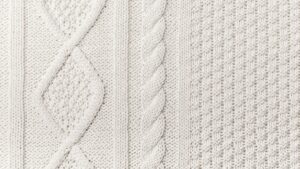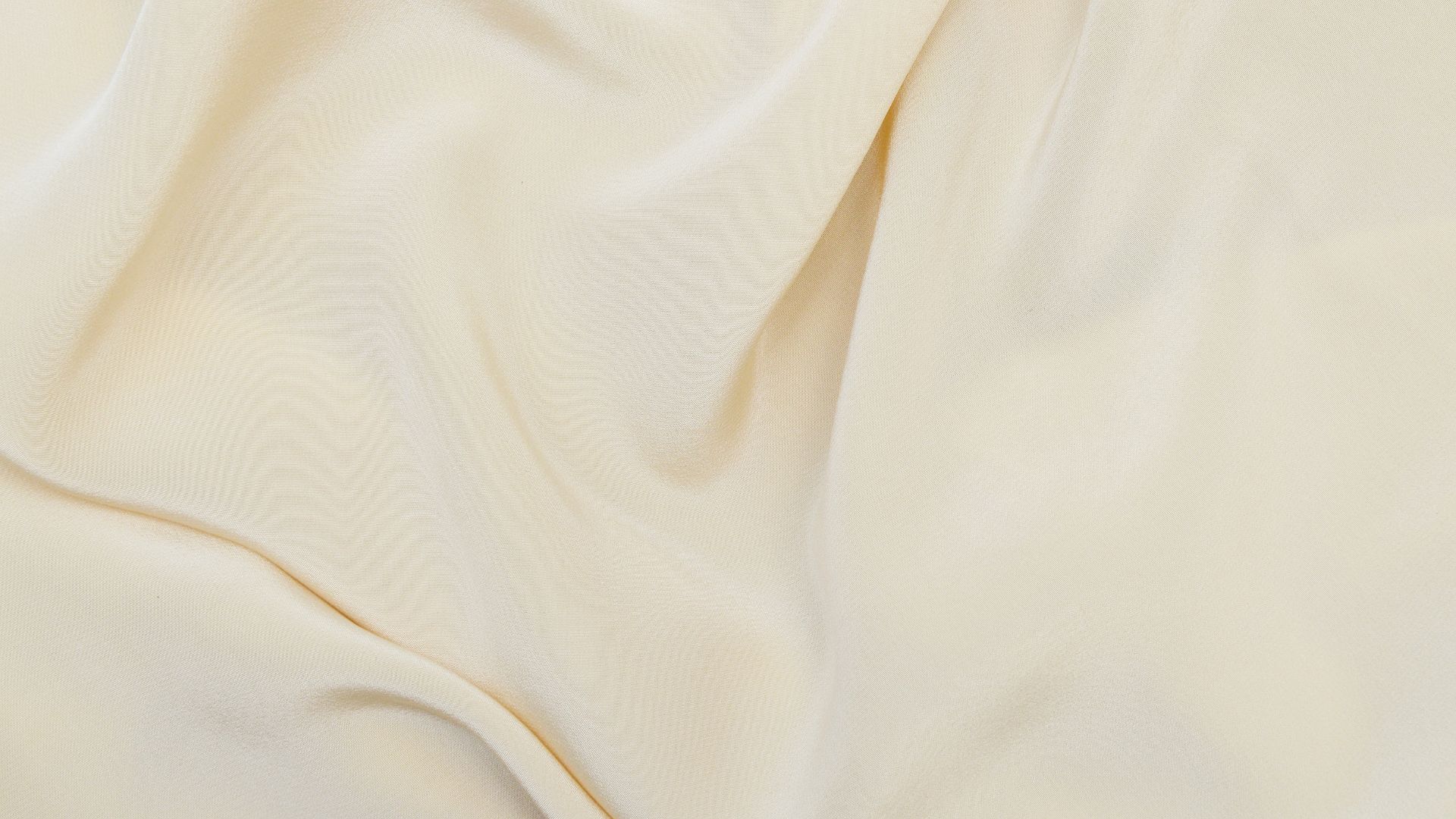Absolutely, considering the pre-treatment of fabric before setting time is crucial. Whether you’re a DIY enthusiast or a seasoned professional in the textile world, understanding how pre-treatment impacts setting time can make a significant difference in your final product’s quality and durability.
Fabric pre-treatment plays a pivotal role in the textile industry, affecting everything from color retention to fabric longevity. Among its numerous aspects, the setting time following pre-treatment stands out as a critical phase. Let’s delve into why it matters and how it influences the final outcome of your fabric treatment process.
What is Fabric Pre-Treatment?
Fabric pre-treatment involves various processes applied to textiles before dyeing, printing, or finishing.
These treatments prepare the fabric for better dye absorption, improving color fastness and ensuring a more uniform finish.
Understanding Setting Time:
Setting time refers to the duration required for a fabric treatment, such as dyeing or printing, to adhere permanently to the textile fibers. It involves fixing the treatment onto the fabric, ensuring it withstands washing, wearing, and exposure to environmental factors.

Impact of Pre-Treatment on Setting Time:
The pre-treatment process significantly influences setting time. Properly pre-treated fabric tends to have a shorter setting time due to improved dye penetration and fabric receptivity. Pre-treatments like scouring or bleaching remove impurities and enhance the fabric’s ability to absorb dyes or pigments efficiently, reducing the time needed for setting.
Factors Influencing Setting Time:
- Type of Fabric: Different fabrics have varying absorption rates and reactions to treatments, affecting their setting times.
- Pre-Treatment Method: The specific pre-treatment method used – scouring, bleaching, or enzymatic treatment – can impact setting time.
- Temperature and Chemicals: The temperature and chemicals used during pre-treatment and the subsequent treatment process can influence setting time.
Advantages of Considering Pre-Treatment for Setting Time:
- Enhanced Efficiency: Proper pre-treatment reduces the setting time, streamlining production and saving time and resources.
- Improved Quality: Reduced setting time often correlates with better color vibrancy, improved color fastness, and overall fabric quality.
- Cost-Effectiveness: By optimizing setting time through effective pre-treatment, manufacturers can potentially reduce operational costs and increase productivity.
So,…
Fabric pre-treatment significantly impacts setting time, influencing the quality, efficiency, and cost-effectiveness of the textile treatment process. Understanding the correlation between pre-treatment methods and setting time is crucial for achieving optimal results in fabric dyeing, printing, or finishing.
Moving forward
Understanding the nuances of fabric pre-treatment and setting time can revolutionize your approach to textile treatments, ensuring top-notch results and efficiency in your endeavors.
Best Practices for Managing Setting Time in Fabric Treatment:
Selecting the Right Pre-Treatment:
Choose pre-treatment methods based on the fabric type and desired outcome. For example, scouring might be suitable for natural fibers like cotton, while bleaching might work better for synthetic materials.
Optimizing Chemical Composition:
Ensure the chemicals used in pre-treatment align with the subsequent treatment process. Consistency in chemical composition aids in reducing setting time and achieving uniform results.
Temperature Control:
Maintain optimal temperatures throughout the pre-treatment and treatment processes. Temperature variations can impact the effectiveness of pre-treatments and subsequently affect setting time.
Testing and Quality Assurance:
Conduct preliminary tests on fabric samples to determine the most effective pre-treatment method for reducing setting time. Quality control measures help in fine-tuning the process before large-scale implementation.
Professional Guidance:
Seek advice from textile experts or consult reliable sources to gain insights into the best practices for pre-treatment and managing setting time. Professionals can offer valuable guidance tailored to specific fabric types and treatments.
Regular Equipment Maintenance:
Ensure machinery and equipment used in pre-treatment and subsequent treatment processes are well-maintained. Properly functioning equipment contributes to consistent results and helps in managing setting time effectively.
Adapting to Innovations:
Stay updated with the latest advancements and innovations in fabric pre-treatment and treatment processes. New technologies often offer more efficient methods for reducing setting time while improving overall fabric quality.
Documentation and Analysis:
Maintain detailed records of pre-treatment methods, treatment processes, and their respective setting times. Analyzing this data helps in refining techniques and optimizing procedures for better efficiency.
External Resources: To further explore the intricacies of fabric pre-treatment and setting time, check out these insightful resources:
- Textile Dyeing Pre-Treatments – Textile School – Learn about various pre-treatment methods and their impact on dyeing processes.
- Setting Time and Fabric Treatment – ScienceDirect – Explore the scientific aspects of setting time and its relation to fabric treatments.
- Fabric Finishing Techniques – Fashion-Incubator – Discover different finishing techniques that complement pre-treatment processes.
Conclusion:
Managing setting time in fabric treatment is a nuanced process that relies heavily on effective pre-treatment strategies. By carefully considering pre-treatment methods, chemical compositions, temperature control, and quality assurance measures, professionals in the textile industry can significantly reduce setting time while enhancing the quality and durability of treated fabrics.
Incorporating best practices, seeking expert guidance, and embracing technological advancements are pivotal steps toward streamlining the fabric treatment process. These efforts not only optimize setting time but also contribute to sustainable and high-quality textile production.
Remember, the relationship between pre-treatment and setting time is a critical aspect of achieving outstanding results in fabric dyeing, printing, or finishing.
Would you like more detailed insights into specific pre-treatment methods or further information on managing setting time in fabric treatment?
Comparison tabular
| Pre-Treatment Method | Impact on Setting Time | Fabric Compatibility | Key Features |
|---|---|---|---|
| Scouring | Reduces setting time | Natural fibers (e.g., cotton, wool) | Removes impurities and natural waxes from fibers, enhances dye absorption |
| Bleaching | Moderately reduces setting time | Natural and synthetic fibers | Lightens fabric color, improves dye affinity |
| Mercerization | May reduce setting time | Cotton and cellulosic fibers | Enhances luster, strength, and dye uptake |
| Enzymatic Treatment | Can reduce setting time | Various fabrics | Environmentally friendly, breaks down impurities |
This table provides a concise overview of different pre-treatment methods, their impact on setting time, fabric compatibility, and key features. It helps in comparing these methods at a glance, aiding in decision-making for fabric treatment processes.
Wrapping up
Understanding the intricate relationship between fabric pre-treatment and setting time is pivotal in achieving exceptional results in textile treatments. By embracing the right pre-treatment methods tailored to specific fabrics, professionals can significantly reduce setting time while elevating the quality, vibrancy, and durability of treated textiles.
From scouring to enzymatic treatments, each pre-treatment method brings its unique advantages, impacting setting time and enhancing fabric receptivity to dyes and finishes. Selecting the appropriate pre-treatment, optimizing chemical compositions and temperature, and adhering to best practices ensure efficient management of setting time, contributing to streamlined production processes and superior fabric outcomes.
Remember, the journey to mastering fabric treatments involves continuous learning, adaptation to innovations, and a commitment to excellence. Through meticulous pre-treatment approaches and a nuanced understanding of setting time dynamics, the textile industry can continually evolve towards more efficient, sustainable, and high-quality fabric treatments.

For over a decade, I’ve been Mike, an artist, crafter, and designer deeply immersed in the Croc world. I thrive on crafting unique, size-inclusive patterns, fostering creativity, and sharing them on ktforum.com. My designs aim to ignite your creative spark and delight you, ensuring clarity and ease of use through rigorous testing. Join me in expressing your creative flair and showcasing your craft with joy.
Related Posts
- Understanding Fabric and Setting Time
Setting time, the duration required for a fabric to retain certain alterations or treatments, varies…
- Should you consider the fabric's reaction to dyes for setting time
Considering a fabric's reaction to dyes is crucial when it comes to setting time. Let's…
- Choosing the Perfect Fabric for Your Quilts
Quilting is an art form that brings together creativity, skill, and a touch of warmth.…
- Preventing Fabric Bleeding in Your Quilt: A Comprehensive Guide
Quilting is a cherished craft, but the fear of fabric bleeding can dampen the joy…

